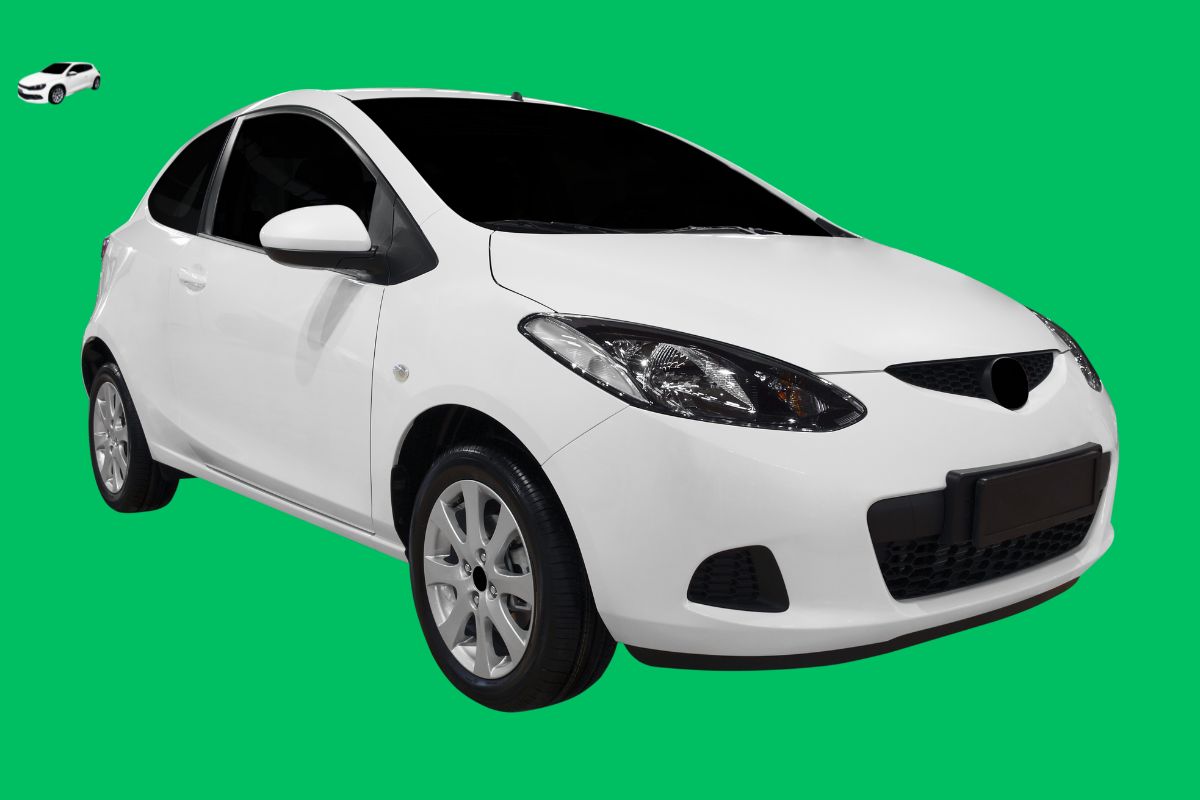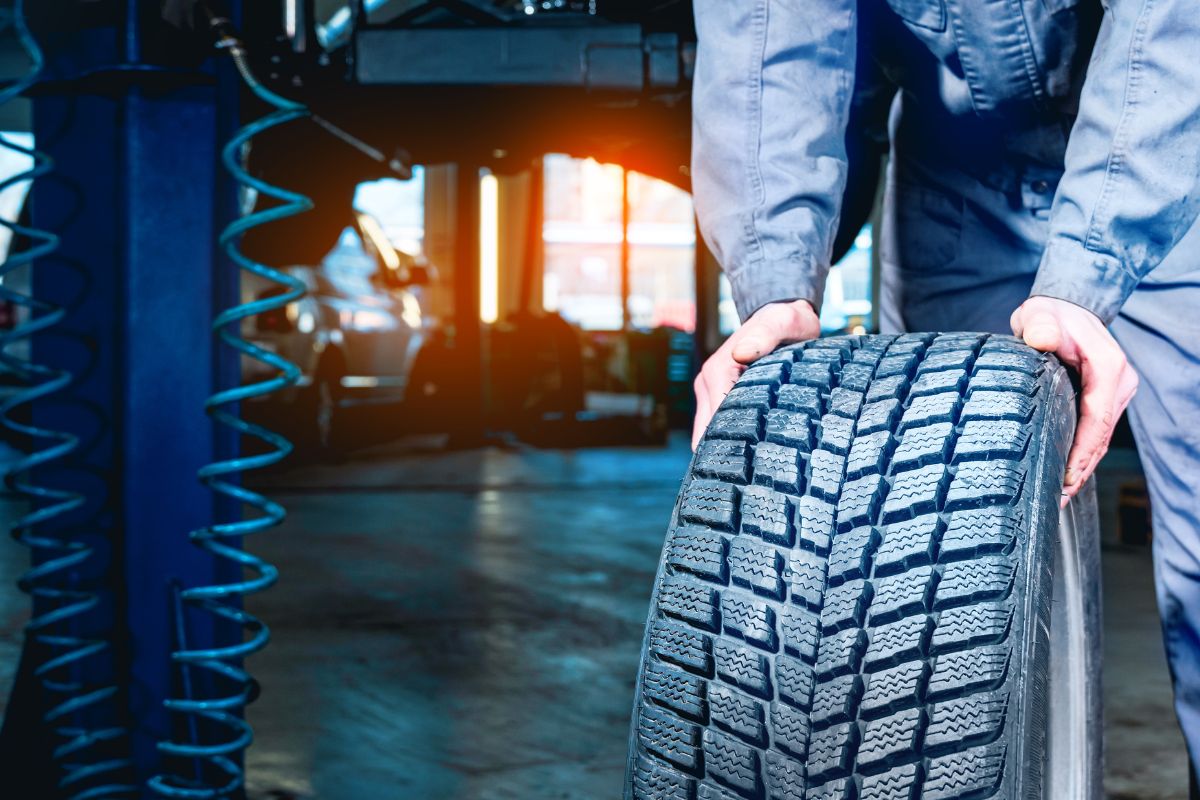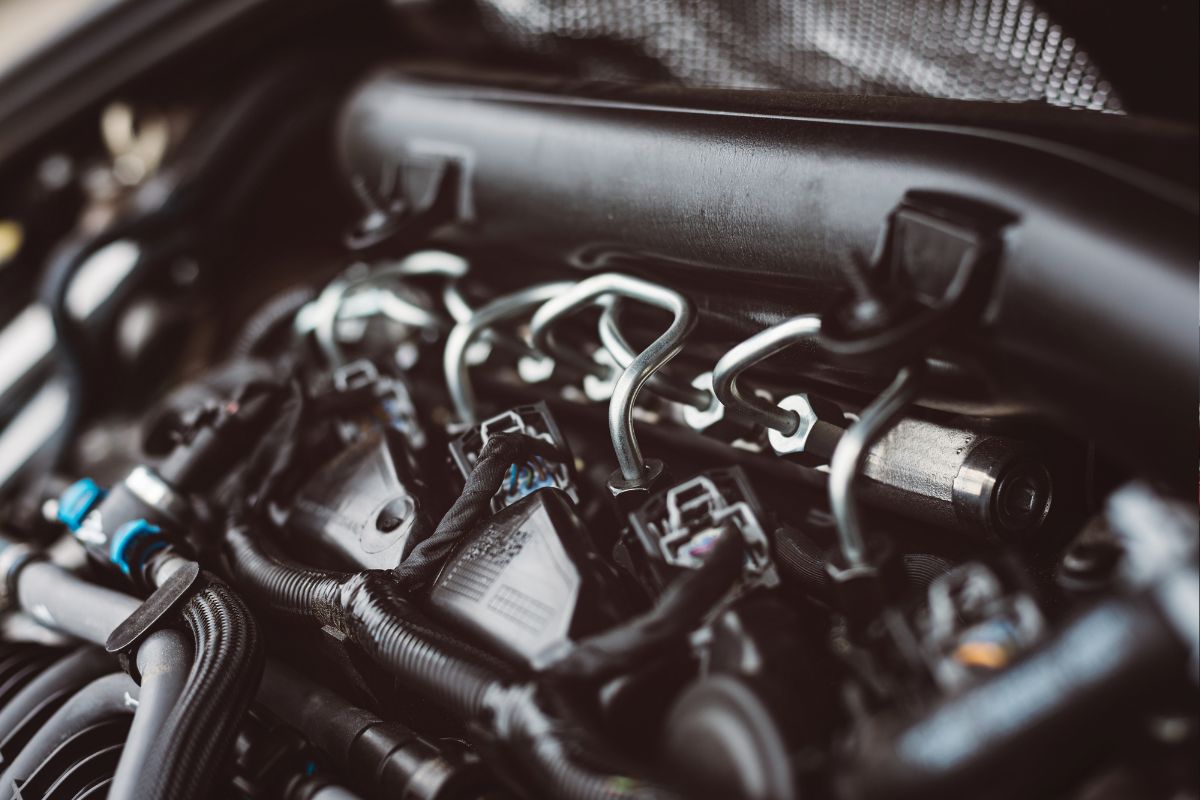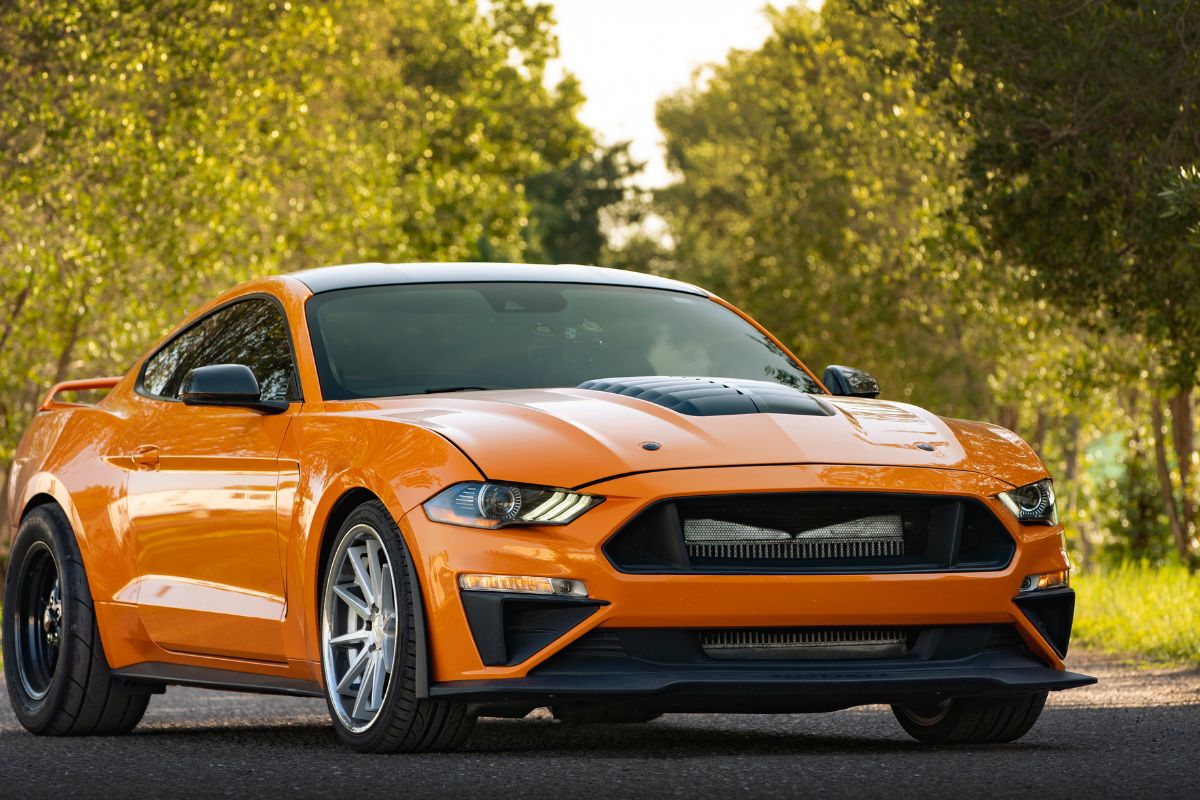Honda Fit 2010: Why This Small Car Became Everyone’s Favorite Choice
The Honda Fit 2010 is like that friend who's always there when you need them. This small car packs a big punch when it comes to being useful every day.
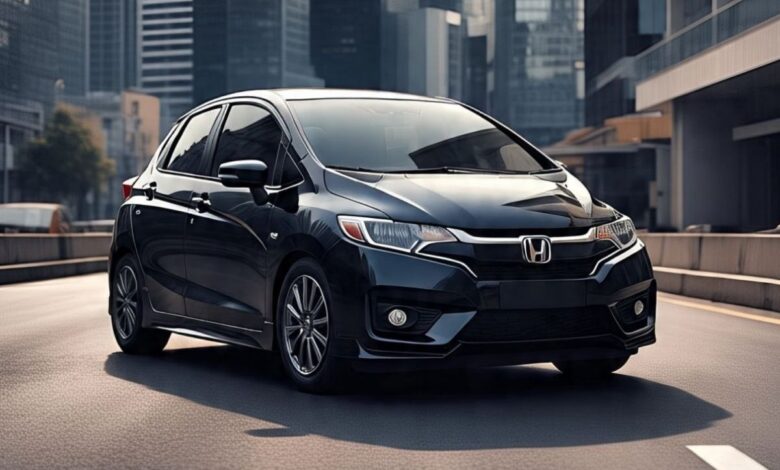
Why This Small Car Became Everyone’s Favorite Choice
Meta Description: Honda Fit 2010 review covering everything you need to know about this reliable small car – from features and performance to buying tips and maintenance costs. Perfect guide for first-time buyers.
I still remember the day my neighbor pulled into her driveway with a bright blue Honda Fit 2010. I was curious about this small car that seemed to make her so happy. She told me it was the best decision she ever made for city driving. That conversation changed how I think about small cars forever. Today, I want to share everything I’ve learned about the Honda Fit 2010, so you can decide if this little car might be perfect for you too.
What Makes the Honda Fit 2010 Special
The Honda Fit 2010 is like that friend who’s always there when you need them. This small car packs a big punch when it comes to being useful every day. Honda designed this car for people who want something reliable, affordable, and easy to drive around town.
Think of the Honda Fit 2010 as a small backpack that can somehow fit everything you need for a weekend trip. Even though it looks small from the outside, you’ll be surprised by how much space it has inside. This car became popular because it solved a real problem – how to have a car that’s cheap to run but still comfortable and safe.
Many people choose the Fit because they live in cities where parking is hard to find, or they’re young adults buying their first car. Others pick it because they want to save money on gas while still having a dependable way to get around.
Honda Fit 2010 Engine and How It Drives
Under the hood, the Honda Fit 2010 has a 1.5-liter engine. Don’t worry about what that means exactly – just know that this engine is designed to use very little gas while still giving you enough power to drive normally.
When you press the gas pedal, the car responds nicely. It’s not going to win any races, but it has enough power to merge onto highways safely and climb hills without struggling. The engine makes about 117 horsepower, which is plenty for daily driving.
You can choose between two ways to shift gears. There’s a manual transmission where you shift gears yourself using a stick and clutch pedal, or an automatic transmission that does all the shifting for you. Most people choose the automatic because it’s easier, especially in stop-and-go traffic.
The best part about driving a Honda Fit 2010 is how easy it feels. The steering is light, so you don’t have to work hard to turn the wheel. The car is small enough that you can see all around it easily, making parking simple even in tight spots.
Inside the Honda Fit 2010: More Room Than You’d Expect
Step inside a Honda Fit 2010, and you might do a double-take. The inside feels much bigger than the outside suggests. Honda’s designers were clever about using every inch of space.
The front seats are comfortable for most people. Even if you’re tall, you’ll probably have enough room for your head and legs. The seats have decent support for longer drives, though they’re not as luxurious as what you’d find in expensive cars.
The back seats are where the Honda Fit 2010 really shines. For such a small car, there’s surprisingly good room for passengers in the back. Two adults can sit back there comfortably for short trips, and kids will have plenty of space.
But here’s the coolest part – the back seats can fold down in different ways. You can fold them completely flat to carry big items, or you can fold just the bottom part up to carry tall things like plants or furniture. Honda calls this Magic Seats, and once you use them, you’ll understand why they’re special.
The dashboard is simple and easy to understand. All the buttons and controls are where you’d expect them to be. There’s a decent stereo system, air conditioning, and power windows. Nothing fancy, but everything you need for comfortable daily driving.
Gas Mileage: Your Wallet Will Thank You
One of the biggest reasons people love the Honda Fit 2010 is how little gas it uses. In the city, you can expect to get around 28 miles per gallon. On the highway, it can do even better – about 35 miles per gallon.
Let me put this in simple terms. If gas costs $3 per gallon, and you drive 12,000 miles per year (which is average), you’d spend about $1,200 on gas annually with the Honda Fit 2010. Compare that to a big SUV that might cost you $2,000 or more in gas each year.
These numbers mean real savings. Over five years, you could save thousands of dollars just on gas compared to driving a less efficient car. That’s money you could use for vacations, paying off debt, or saving for the future.
Safety Features That Keep You Protected
Honda has always taken safety seriously, and the Honda Fit 2010 includes several features to help protect you and your passengers.
The car has airbags in the front and side areas to cushion you if there’s an accident. It also has anti-lock brakes, which help you stop safely even on slippery roads. The brakes won’t lock up and cause you to skid – instead, they pulse rapidly to maintain control.
The Honda Fit 2010 also has electronic stability control. This system helps keep the car going straight if you have to make a sudden turn or if the road is slippery. It’s like having an invisible hand helping you steer safely.
The car’s small size actually helps with safety in some ways. It’s easier to see around you and avoid accidents in the first place. Plus, the Honda Fit 2010 scored well in government safety tests, giving you confidence that it will protect you if something does happen.
Common Problems and What to Watch For
Every car has some issues, and the Honda Fit 2010 is no exception. But the good news is that most problems are minor and don’t cost a lot to fix.
Some owners have reported that the paint can chip easily, especially on the front of the car where rocks hit it. This is mostly a looks issue and doesn’t affect how the car runs.
The air conditioning system sometimes needs attention as the car gets older. The compressor might need to be replaced after many years, but this is normal for any car.
A few people have had issues with the power door locks not working properly. Usually, this just means replacing a small part, not the whole system.
The automatic transmission is generally reliable, but like any car, it needs its fluid changed regularly to keep working well. Following the maintenance schedule prevents most transmission problems.
These issues might sound scary, but remember – Honda has a reputation for making cars that last a long time. Most Honda Fit 2010 owners are very happy with their cars and have few serious problems.
Maintenance Costs: Keeping Your Honda Fit 2010 Running
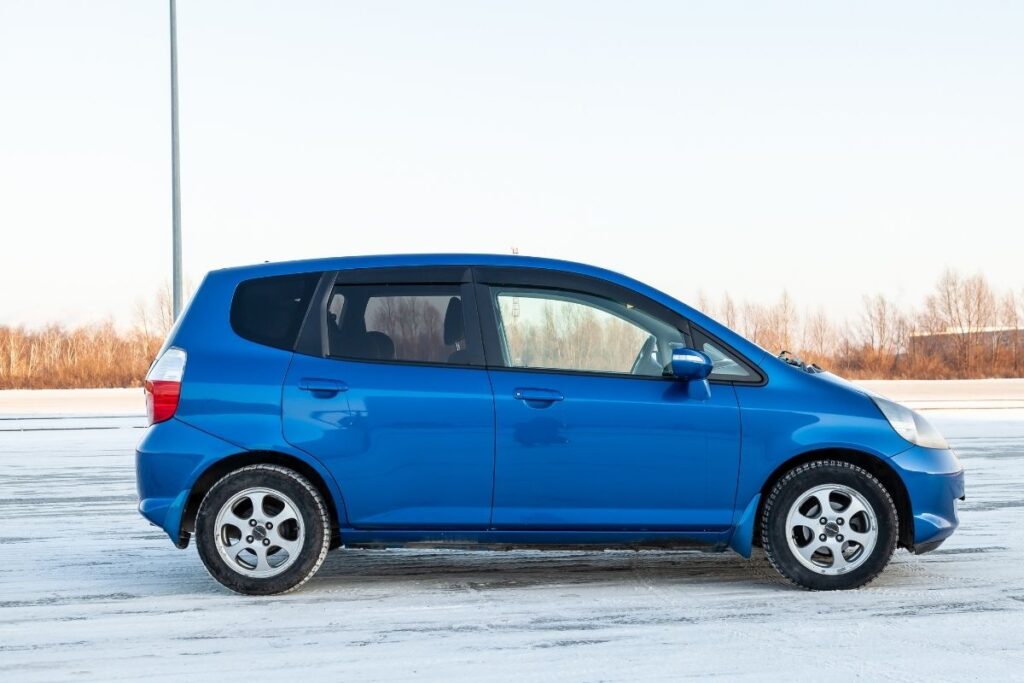
Taking care of a Honda Fit 2010 doesn’t cost a lot of money. Oil changes are inexpensive because the engine doesn’t hold much oil. You’ll typically pay $30-50 for an oil change, depending on where you go.
Tires for the Honda Fit 2010 are smaller than those on big cars, so they cost less to replace. A good set of four tires might cost $300-500, compared to $800 or more for a large SUV.
Brake pads and other wear items are also reasonably priced. The car is light, so it doesn’t wear out parts as quickly as heavier vehicles.
Honda parts are widely available, and many independent mechanics can work on these cars. You don’t have to go to a Honda dealer for everything, which helps keep costs down.
Plan to spend about $500-800 per year on regular maintenance and minor repairs. This includes oil changes, tire rotations, brake inspections, and other routine service.
Buying a Used Honda Fit 2010: What to Look For
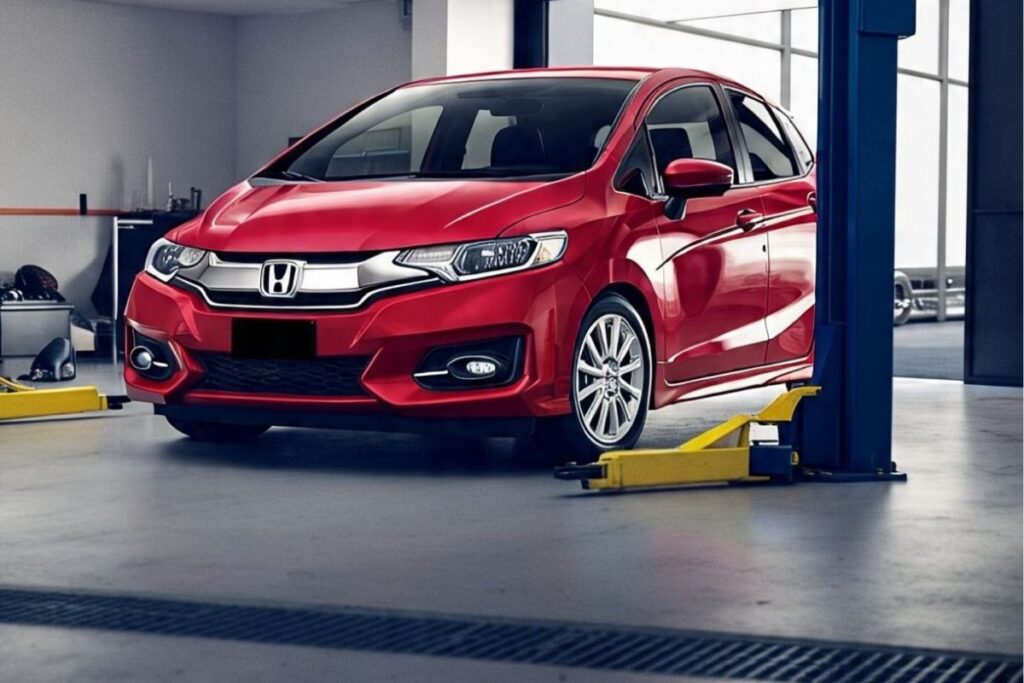
If you’re thinking about buying a used Honda Fit 2010, there are some things to check before you buy.
First, look at the outside of the car carefully. Check for rust, especially around the wheel wells and doors. A little surface rust isn’t a big deal, but deep rust can be expensive to fix.
Pop the hood and look at the engine. It should be relatively clean, without oil leaks or strange smells. If you see white or green crusty stuff around the radiator, that might mean cooling system problems.
Take the car for a test drive. The engine should start easily and run smoothly. The transmission should shift without jerking or hesitation. Try the air conditioning, radio, and all the electrical stuff to make sure everything works.
Check the maintenance records if the seller has them. A Honda Fit 2010 that’s been serviced regularly will last much longer than one that’s been neglected.
Look at the tires. If they’re worn unevenly, that might mean the car needs an alignment or has suspension problems. All four tires should wear at about the same rate.
Honda Fit 2010 vs Other Small Cars
When the Honda Fit 2010 was new, it competed with cars like the Toyota Yaris, Nissan Versa, and Hyundai Accent. Each car has its strengths, but the Honda Fit 2010 stood out for its interior space and reliability.
The Toyota Yaris was also reliable but felt smaller inside. The Nissan Versa had good space but wasn’t as fun to drive. The Hyundai Accent was cheaper but didn’t have Honda’s reputation for lasting a long time.
Today, if you’re shopping for a used small car, the Honda Fit 2010 is still a smart choice. It holds its value better than most competitors, which means you’ll get more money back when you sell it later.
Who Should Buy a Honda Fit 2010
The Honda Fit 2010 is perfect for several types of people. If you’re a college student or recent graduate, this car gives you reliable transportation without breaking your budget. The low gas costs and cheap maintenance make it ideal for people just starting their careers.
City dwellers love the Honda Fit 2010 because it’s easy to park and maneuver through traffic. If you live somewhere with narrow streets or limited parking, this car makes life easier.
It’s also great for people who don’t need a big car but want something more practical than a tiny economy car. Maybe you occasionally need to move furniture or pick up friends from the airport – the Honda Fit 2010 can handle these tasks.
Older adults who want to downsize from a larger car often choose the Honda Fit 2010. It’s easier to get in and out of than a low sports car, but still economical to run.
The Honda Fit 2010 in Today’s Market
Even though the Honda Fit 2010 is now over a decade old, it remains a popular choice in the used car market. Many examples are still on the road, proving Honda’s reputation for building cars that last.
Prices for used Honda Fit 2010 models vary depending on mileage, condition, and location. You might find high-mileage examples for $6,000-8,000, while low-mileage, well-maintained cars could cost $10,000-12,000.
The car’s popularity means there are plenty of options available, but it also means good examples sell quickly. If you find one you like, don’t wait too long to make a decision.
Tips for Honda Fit 2010 Owners
If you already own a Honda Fit 2010, here are some tips to keep it running well:
Change the oil regularly – every 5,000-7,500 miles depending on your driving conditions. This simple maintenance step will help your engine last for many years.
Keep an eye on your tires. Because the car is light, the tires can last a long time if you maintain proper air pressure and rotate them regularly.
Don’t ignore small problems. If something doesn’t seem right, have it checked. Small issues are usually cheap to fix, but they can become expensive if you ignore them.
Use the Magic Seats! Don’t forget about the flexible seating arrangements. They’re one of the Honda Fit 2010’s best features, so take advantage of them when you need extra cargo space.
Final Thoughts on the Honda Fit 2010
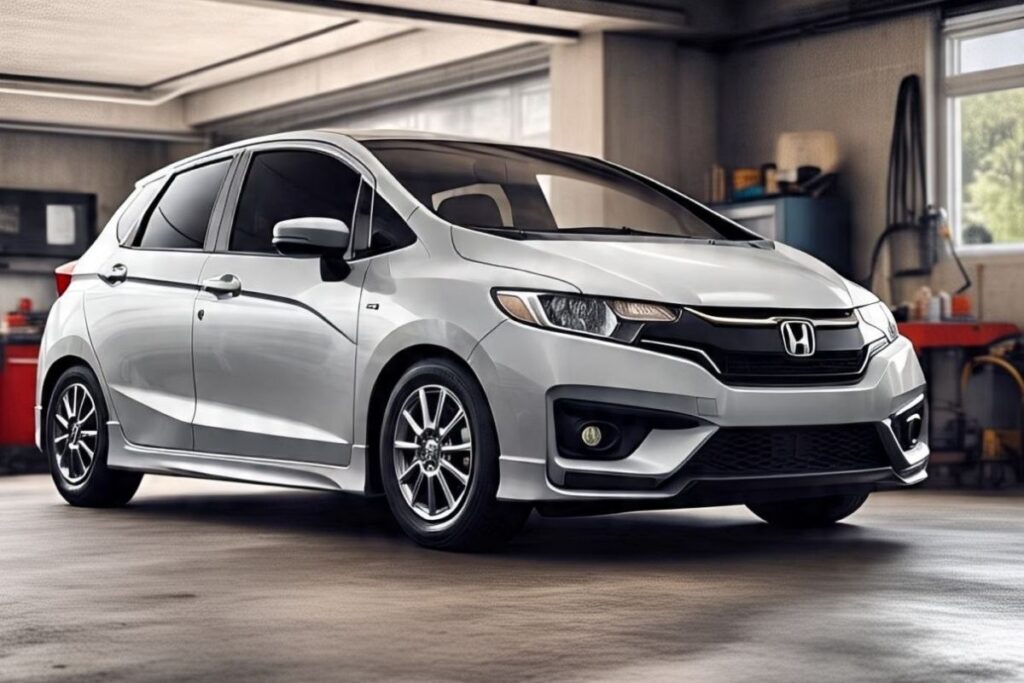
The Honda Fit 2010 represents everything good about practical car design. It’s proof that you don’t need a big, expensive car to meet most people’s daily needs. This little car offers reliability, efficiency, and surprising versatility all wrapped up in an affordable package.
Is it perfect? No car is. The Honda Fit 2010 isn’t luxurious, it’s not particularly powerful, and it can be a bit noisy on the highway. But for what most people need – reliable, economical transportation – it’s hard to beat.
Whether you’re buying your first car, looking to save money on transportation costs, or just want something simple and dependable, the Honda Fit 2010 deserves serious consideration. It’s the kind of car that quietly does its job day after day, year after year, without drama or expensive surprises.
Many Honda Fit 2010 owners will tell you the same thing my neighbor told me years ago – it was one of the best car decisions they ever made. Sometimes the best choice isn’t the flashiest or most exciting one. Sometimes it’s just the one that makes your life easier and keeps more money in your pocket.
Key Points About the Honda Fit 2010
• Excellent fuel economy – Up to 35 mpg highway, 28 mpg city • Surprisingly spacious interior – Magic Seats provide flexible cargo options
• Reliable Honda engineering – Known for lasting well beyond 100,000 miles • Affordable maintenance – Lower costs than most vehicles in its class • Easy to drive and park – Perfect for city driving and tight spaces • Good safety ratings – Multiple airbags and stability control standard • Strong resale value – Holds value better than most small cars • Available transmissions – Both manual and automatic options offered • Practical daily driver – Ideal for commuting, errands, and city life • Budget-friendly – Low purchase price and operating costs make it accessible

